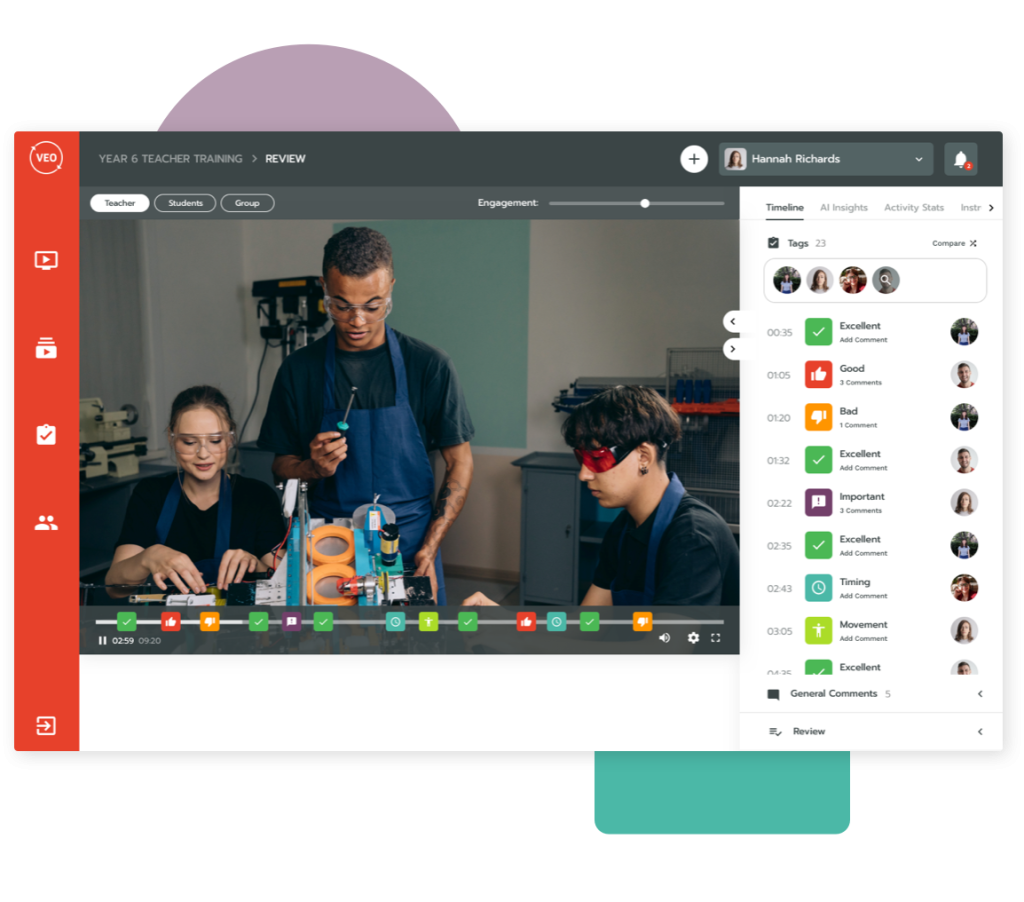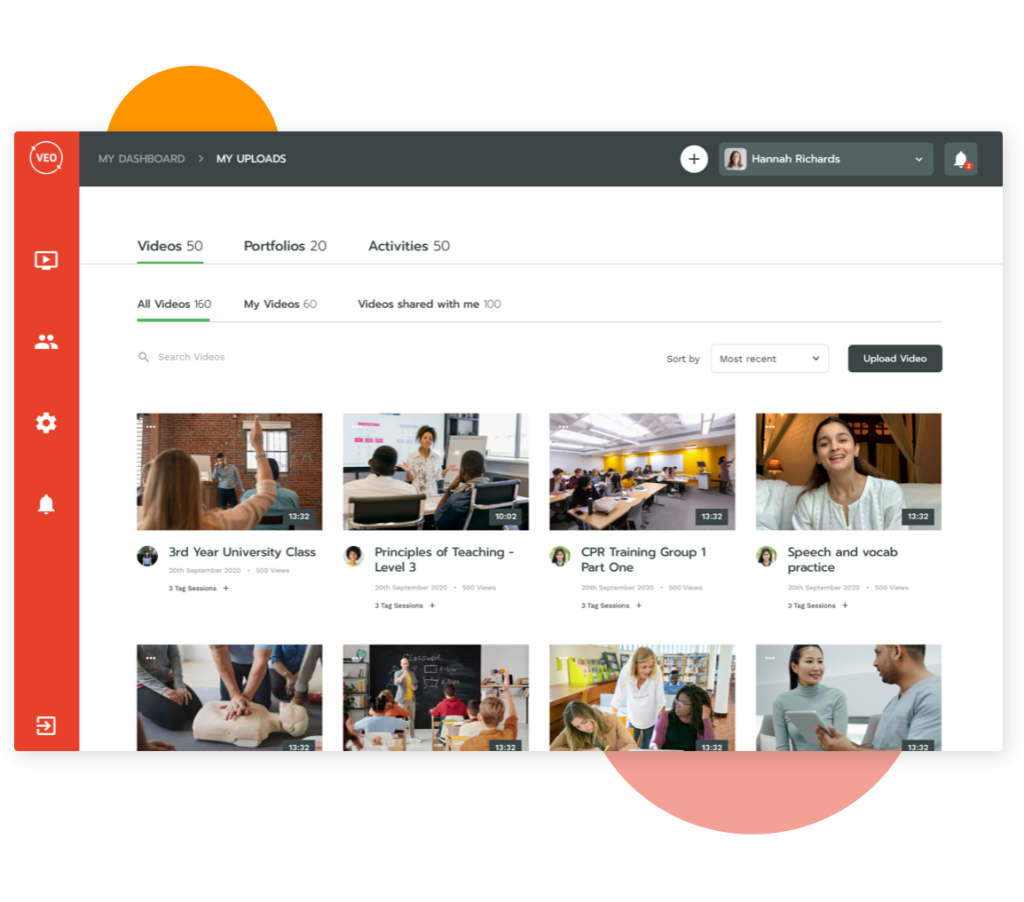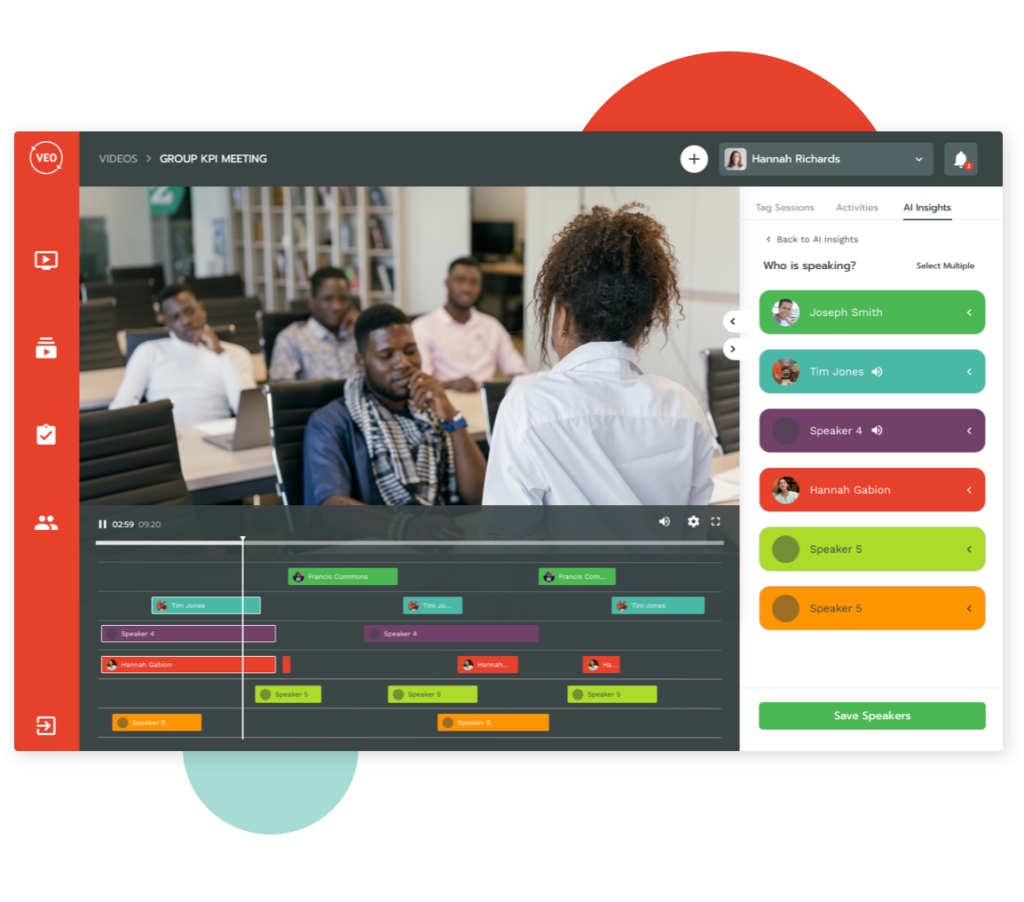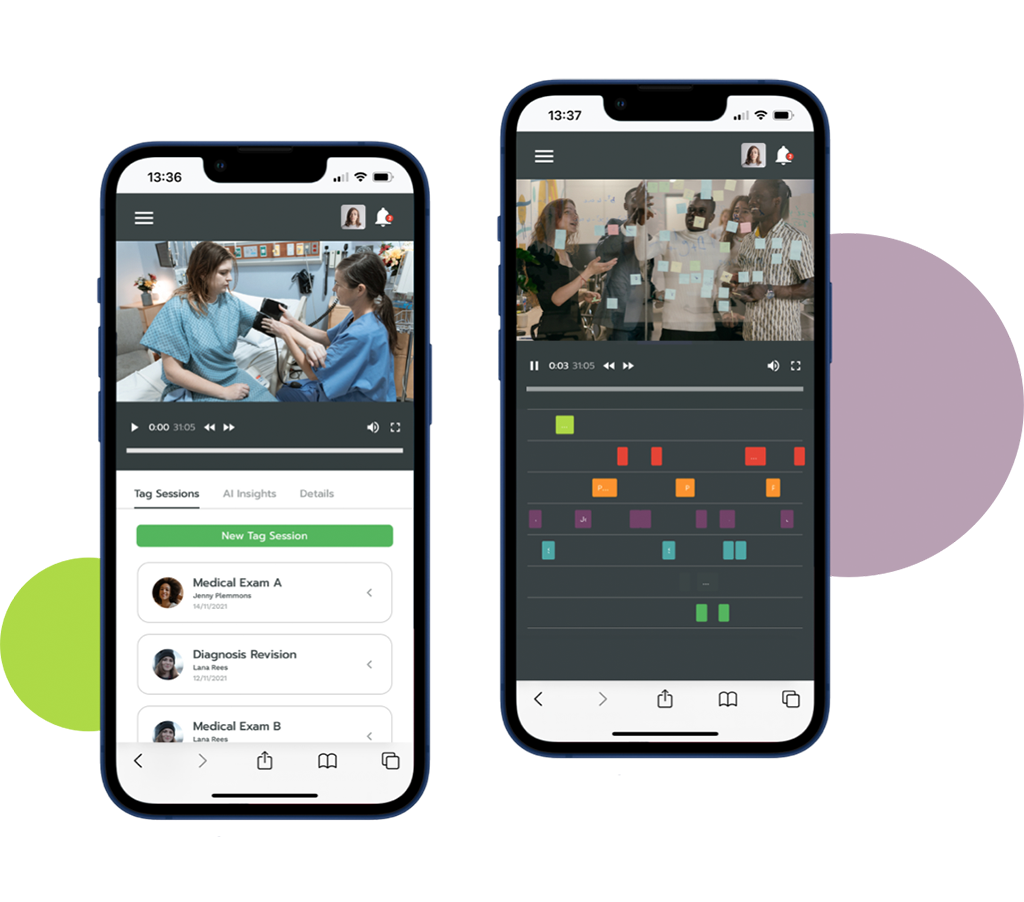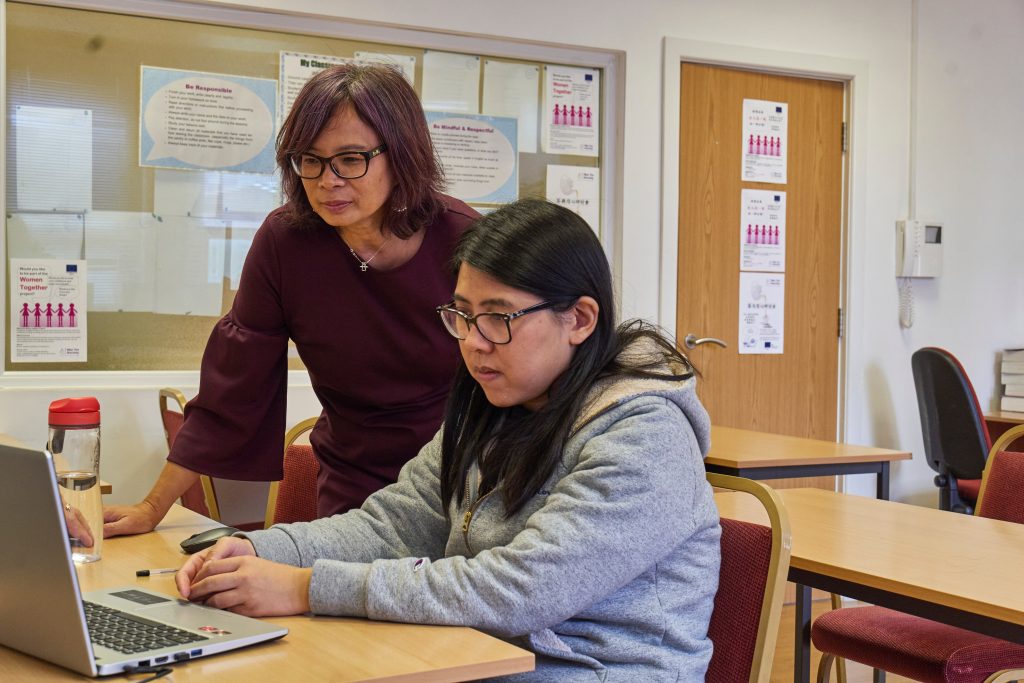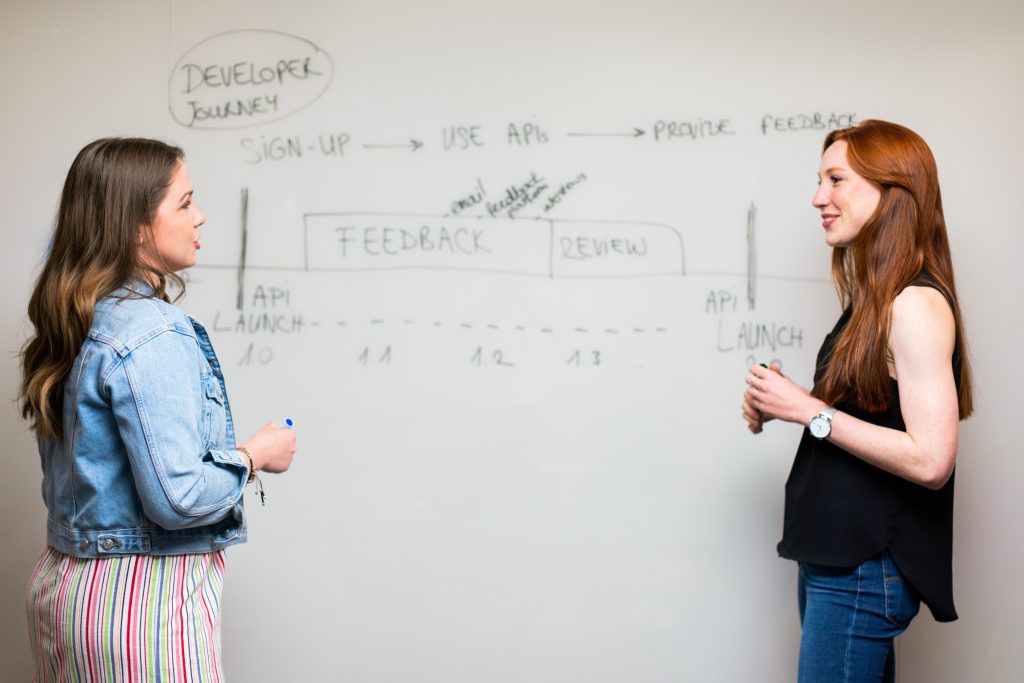International collaboration between teachers and students is increasing, and tech is at the forefront of this boom.
Video software such as Zoom has massively risen to popularity as education providers move classes online.
But there are new and secure ways of collaborating online that allow teachers and students around the world to connect, improve their learning experiences, and get even more out of existing learning materials. Here’s how…
Online Teacher Collaboration
Online collaborative learning has revolutionised how people across the world can learn from each other.
Video in particular can make international teacher collaboration easier than ever before. Recording videos of lesson delivery and sharing them online with other teachers is a popular and very effective method of learning from each other.
Teachers can engage in self-reflection by watching videos back, and share their videos with peers for feedback to help them develop their skills.
But how can teachers get more out of video content?
Our project with British Study Centres (BSC) is a clear example of how teachers that can’t usually connect with each other are using their video recordings to engage in focused discussion and feedback online.
VEO is adding an extra level of understanding and engagement between teachers by allowing them to elaborate on their videos with tags and comments.
International Student and Teacher Collaboration
Tech is making international collaboration more accessible and engaging, and it’s benefitting students as well as teachers.
Here are some more specific examples of how tech has been the catalyst for developing new teaching techniques and improving international student learning experiences.
Parallel lessons
Research has shown that almost half of teachers in the United States wish they had more opportunities to collaborate with their peers.
Parallel lessons is just one example of a teacher collaboration technique that has better outcomes with the help of technology.
If you haven’t come across parallel lessons before, it’s where teachers from different education systems deliver the same topic using different techniques. Teachers then come together to discuss the benefits and drawbacks of delivering the lesson in that way, with the aim of developing better teaching practices.
This was developed by academics at Hong Kong University, and now video tech advances are creating connections between teachers across the highest performing education systems globally.
More than just recording and sharing videos, VEO allows teachers to learn much more from their video recordings because:
- Teachers can tag their own video at certain points with their own reflections, or pose questions for their colleagues to answer.
- The video is shared with colleagues in other countries for focused feedback and discussion points.
- Teachers can directly compare each others delivery of the lesson content and discuss the benefits and drawbacks of delivering their lessons in each of these ways.
Our partners in this, NCEE, discuss more about how parallel lessons are creating effective learning opportunities for teaching staff at schools in Hong Kong and the U.S in this article on teacher collaboration.
Collaborative Online International Learning
There is a global movement to internationalise student experience at University. It is driven by the huge advantage of being able to work closely and collaboratively with people of all nationalities in future employment. As trends towards remote working accelerate, there will be fewer and fewer barriers to working with colleagues and partners wherever they are – and it is essential to be able to connect and communicate whatever their background.
The SUNY Center for Collaborative Online International Learning (COIL) is one of the top international organisations promoting globally networked learning. Like us, they believe in global learning for all and promote collaborative international learning and cross-cultural student experiences. The movement is also strong in Japan where their Global Corporations are looking to institutions like Kansai University to provide a rounded international experience for all students – whether they can travel abroad or not.
In recent years universities and colleges have started to adopt the collaborative online international learning (COIL) approach, an emerging practice that utilises technology in its delivery.
COIL courses are co-developed by higher education institutions from different countries. The courses are largely delivered online to international students which results in an increasingly multi-cultural learning experience for those on the course.
The main benefits of COIL courses are that students don’t just learn with each other, they learn from each other. They can identify common challenges and goals that go beyond physical borders whilst progressing through their qualification.
Tech is allowing more students to benefit from this engaging way of learning on a much larger scale than ever before!
Embrace International Learning
VEO is being used in more than 20 countries including China, America, Canada, Singapore and Kazakhstan. Our aim is to offer innovative and effective way for teachers across the world to improve their practice and positively impact millions of students in the process.
If you’re looking for a way for teachers or students to collaborate online, get in touch to see how we can help.
